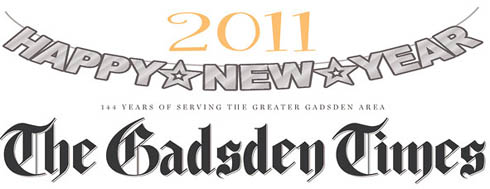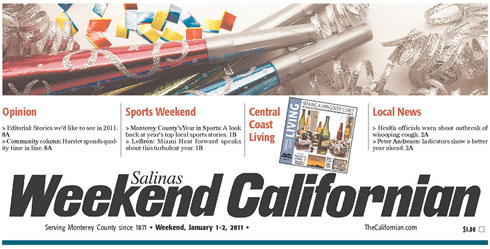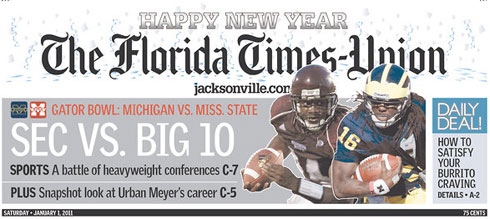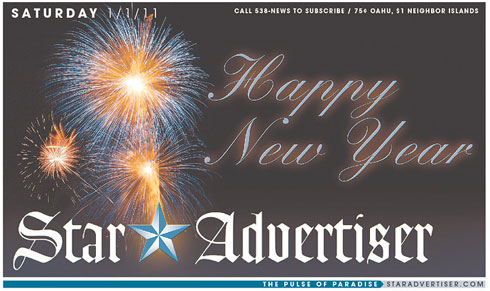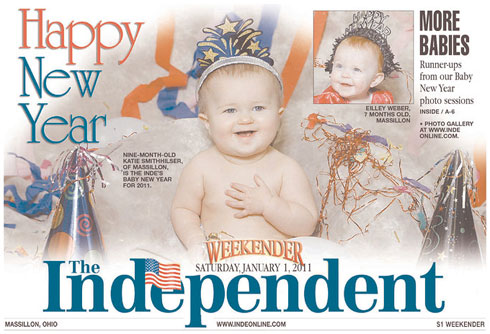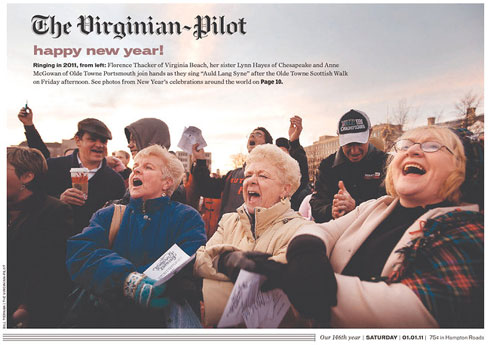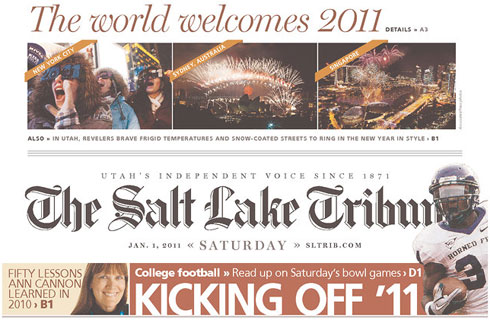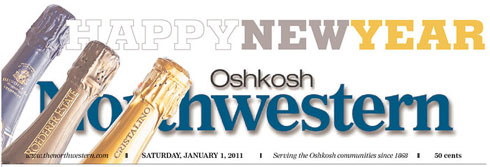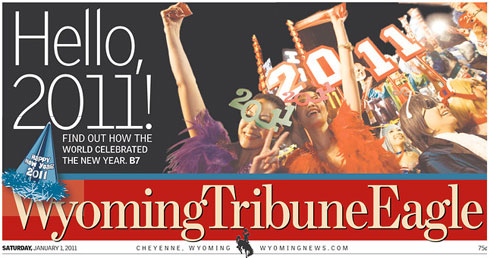Nick Jungman, Knight Visiting Editor in the Columbia Missourian newsroom and a visiting assistant professor in the Missouri School of Journalism, recently wrote of a new direction for the Missourian’s copy desk. In a nutshell, most of the newsroom’s copy desk now has no involvement with the print product, focusing instead on the website.
Jungman writes:
Instead, they’d become “interactive copy editors.” They would focus on getting stories to our website quickly and accurately, on finding ways to increase reader engagement with our work online, and on making sure the website is always putting its best possible foot forward. The work of a copy editor would be just beginning when an article published.
A small team of editors and designers, working separately, would manage all the details of the print edition, from story selection to final proofing, piggybacking as much as possible on the work of the interactive copy desk.
Among the interactive copy editors’ responsibilities:
Interactive copy editors are in charge of our social networks. They regularly use Twitter and Facebook. But we can be more creative and proactive in soliciting reader input for potential stories, rather than just the ones we’ve already posted.
Interactive copy editors also monitor the comment boards at the end of every article. They take down comments that violate our policies, and they jump in when the conversation demands a Missourian response. We think copy editors could do more in mediating conflicts among commenters and soliciting comments on stories that ought to be sparking them but aren’t.
I attended the Missouri School of Journalism, and also worked on the Missourian’s copy desk eight years ago, so I am especially interested in this project. I’d be interested in seeing how newsrooms would attempt this model.
Meanwhile, another recent story highlights a possibility for the future of copy desks:
The Winston-Salem Journal has eliminated 17 full-time positions and one part-time copy editor position as part of its transition to a consolidated editing center, in which the paper’s design, copy editing and headline writing are being done in Tampa, Fla., and Richmond, Va.
One of the 17 employees is moving to the Richmond editing center, and one has moved to a position in another department at the Journal. The other copy editors and designers, who left the Journal last week, received a severance package. A graphic artist and an assigning editor also were laid off in a separate cost-cutting move.
Of course, this was not a surprise. In April, Media General Inc., who owns the Journal, announced that it would transition to “editing centers” by the end of 2010.

